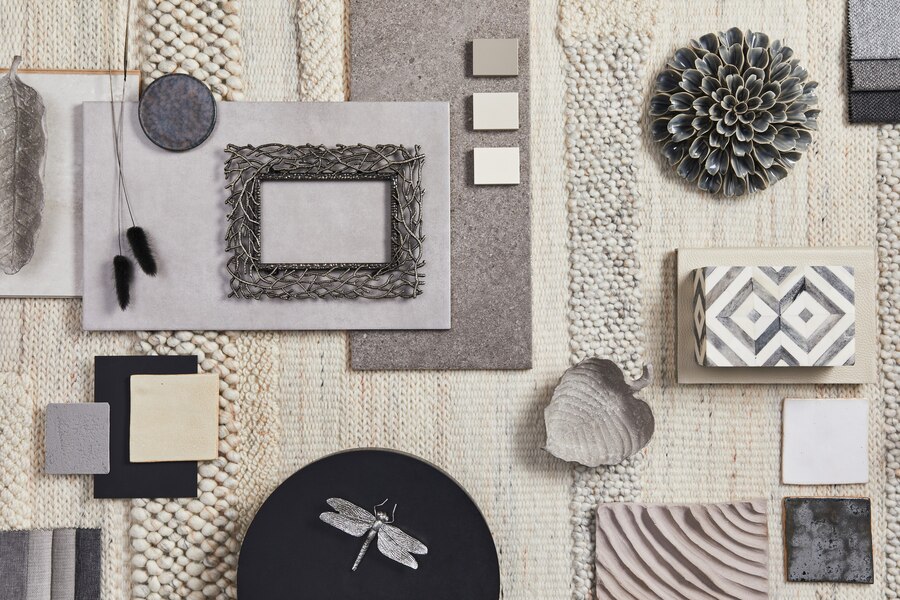5 Eco-Friendly Ways to Customize Furniture for Sustainable Style Success
Elevate your home with customize furniture solutions tailored to your style and needs. Explore eco-friendly options, sustainable materials, and expert craftsmanship for personalized pieces that reflect your unique personality. Do you want to make ecologically friendly changes to your home? Prepare yourself for an extraordinary journey. This article examines the idea of customised furniture design with an emphasis on advancing sustainability. Get ready to discover five green ways to add personality to your furniture and take advantage of sustainable design. Given that an increased consciousness of environmental issues marks the present era, it is not unexpected that many people are actively searching for ways to reduce their ecological footprint and adopt more sustainable practices. Our cosy houses provide the perfect base from which to launch our expedition. We may improve the aesthetics of our homes and contribute to the long-term preservation of the earth by customising environmentally friendly furniture. When people personalise their furniture, they give it a distinct style and make it a reflection of their ideals. Instead of doing things by the book, you can take this chance to make something truly original. Positive impacts on the environment only increase the attractiveness of sustainable customisation, which is already attractive. We take great care in selecting materials, employ new design ideas, and prioritise durability, so you can be sure our unique designs will be beautiful and functionally effective. You have come to the right spot if you are ready to take the first step towards a greener home. To attain sustainable style triumph, we will examine five practical and eco-friendly ways to personalise furniture. Choosing sustainable materials, optimising durability, and avoiding waste are all important aspects of creating an eco-conscious and aesthetically pleasing house. We will provide you with full information on these topics. We should roll up our sleeves and get to work now. Understanding the Environmental Impact: Before you design furniture, consider how mass production will affect the environment. Waste, deforestation, and pollution are byproducts of traditional manufacturing methods, which depend heavily on natural resources. The manufacturing of mass-produced furniture causes a cascade of severe environmental impacts, such as the discharge of toxic chemicals into the air and the clearing of forests. However, have a positive outlook. Sustainable customising approaches can reduce these negative repercussions and make tomorrow more environmentally friendly. Using eco-friendly materials, developing innovative design concepts, and dedicating ourselves to waste elimination enhance our lifestyle while decreasing environmental effects. While we explore the world of custom furniture design, let us not forget the impact our choices could have on Mother Earth. Our shared ability to envision environmentally friendly house plans that are both beautiful and practical will determine our planet’s fate. The Rise of Customization in Furniture Design: The feature of furniture customisation is a distinguishing characteristic of contemporary design since it empowers individuals to express their style through the items they showcase within their residences. To mitigate their impact on the environment while also showcasing their distinctive fashion sense, an increasing number of consumers are choosing environmentally sustainable and visually appealing furniture with eco-friendly attributes. One approach to exhibiting environmental consciousness while maintaining a sense of sophistication is to customise our products according to individual tastes. By employing sustainable materials, pioneering design concepts, and individual creativity, we may create furniture that enhances our living spaces and contributes to environmental conservation. The growing trend of sustainable customising indicates a rising consumer preference for furniture that aligns with ethical and environmentally beneficial principles. By adopting customisation, we may effectively customise our environments and significantly contribute to the battle against climate change. Eco-Friendly Material Options: The selection of sustainable materials is of utmost importance in bespoke furniture design, as it ensures that our decisions are based on our environmental beliefs. Thankfully, the range of environmentally friendly choices is extensive and varied, providing numerous alternatives to conventional, resource-intensive materials. The potential is boundless, ranging from the rustic allure of salvaged wood to the refined sophistication of recycled metal. Organic textiles, sourced from natural fibres and devoid of detrimental chemicals, provide a combination of comfort and ethical considerations. Furthermore, the selection of non-toxic finishes guarantees that our bespoke designs not only possess an appealing appearance but also contribute to cultivating a conducive home atmosphere. By selecting sustainable materials, we reduce our impact on the environment and imbue our living spaces with distinctiveness and allure. Every artwork narrates a tale of preservation and mindfulness, enhancing the complexity and significance of our residences. Our handcrafted furniture displays our dedication to both style and sustainability through the use of eco-friendly materials. Maximizing Longevity Through Customization: Customisation not only provides the chance to showcase our style choices but also enables us to craft furniture that endures throughout time. By customising each item to suit our requirements and preferences, we can guarantee its durability in our residences. Customisation enables us to prioritise longevity without compromising style, whether choosing resilient upholstery materials that can last daily use or integrating cutting-edge design elements that improve structural strength. High-quality craftsmanship is necessary to ensure the durability and dependability of our unique creations over an extended duration. By partnering with skilled artisans who deeply understand the importance of durability, we can ensure that our furniture will consistently offer us a sense of comfort and contentment for subsequent generations. Reducing Environmental Footprint: Personalising furniture offers a distinct chance to reduce our ecological impact by minimising waste and resource use. In contrast to its mass-produced equivalents, custom furniture is meticulously built upon request, circumventing the challenges associated with overproduction and surplus inventory that commonly afflict conventional manufacturing processes. The utilisation of a made-to-order technique reduces environmental impact and adheres to the principles of conscientious consumption. In addition, the customisation process enables the strategic utilisation and repurposing of preexisting materials, revitalising resources that would otherwise be disposed of in landfills. Through the implementation of sustainable customisation techniques, individuals can actively participate in transforming the furniture business, leading towards a future that prioritises environmental consciousness. By making deliberate decisions and purposeful










